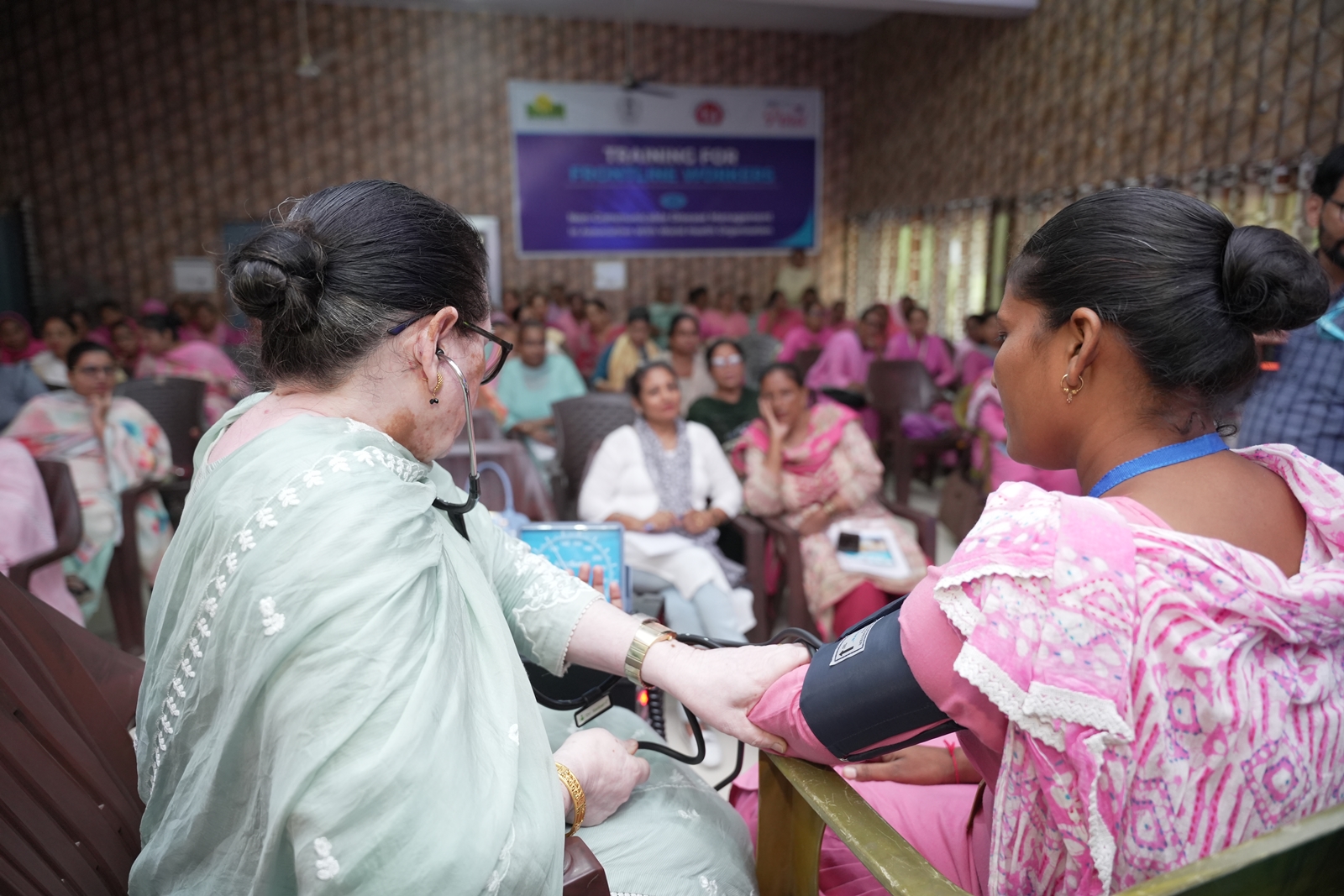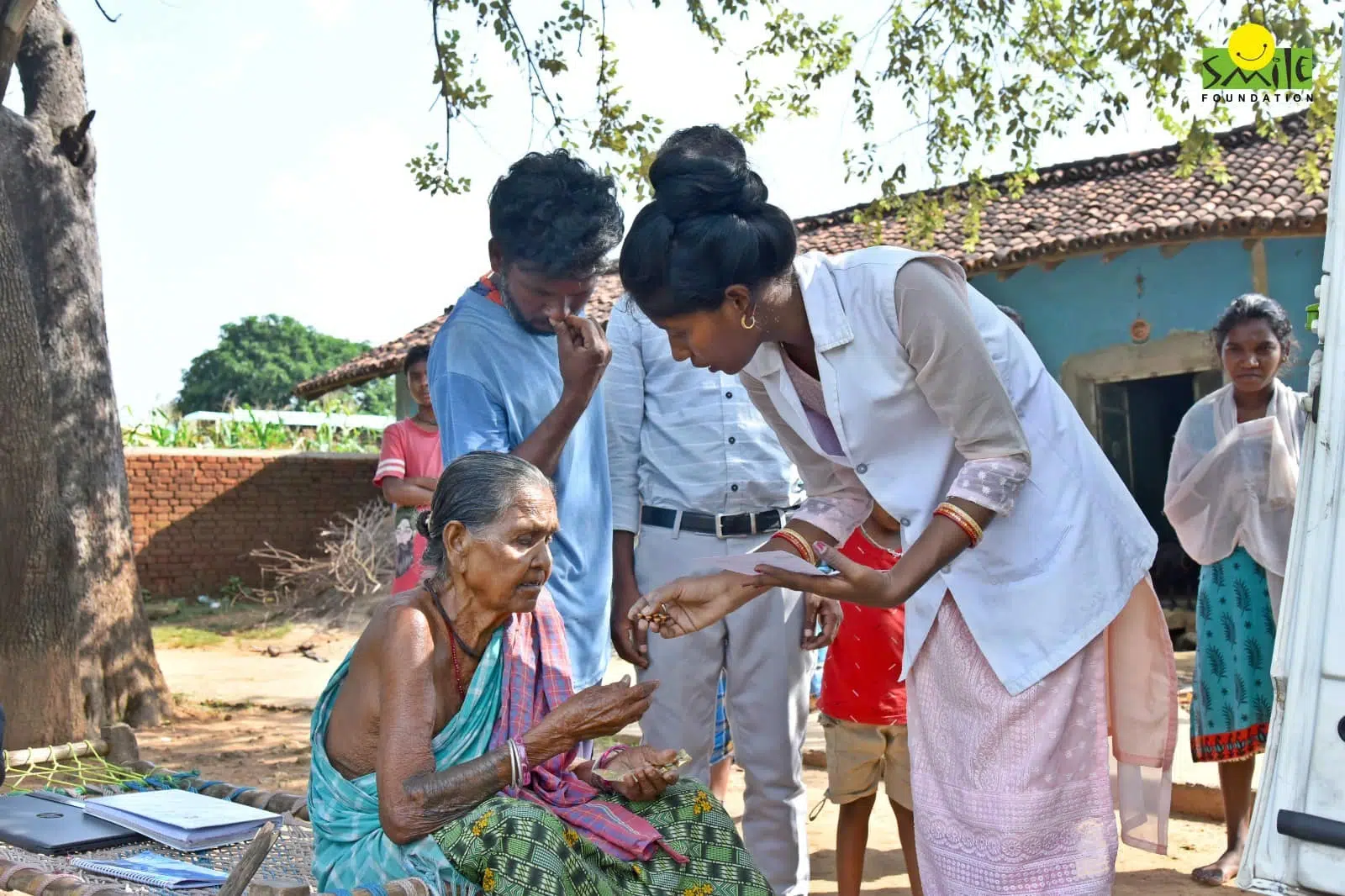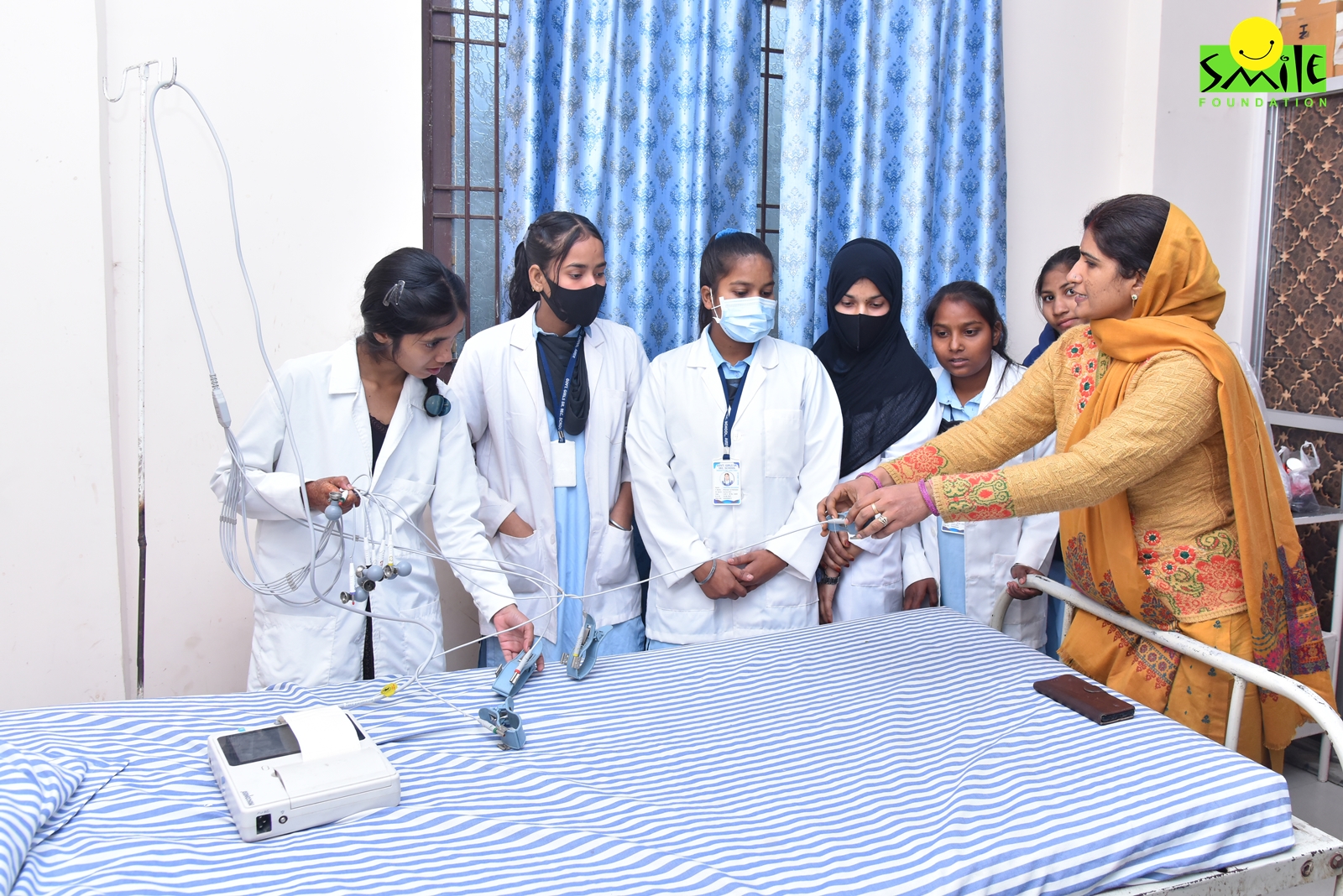Medical experts have been constantly emphasizing the need to ensure timely access to both physical and mental health care for women. But women, especially those from rural and marginalized communities, are more deprived of these privileges. Numerous studies have been conducted on the unmet healthcare needs of women and how lack of timely access has been jeopardizing their overall health. Yet nothing much changes on the ground.
In the era where gender equality has been set as one of the sustainable development goals to be achieved before 2030, gender insensitivity continues to be prevalent. As a result, women continue to face systemic barriers in almost everything. These barriers, deep-rooted in socio-economic and cultural factors, snatch education, job opportunities, power, independence, and even access to healthcare.
Understanding gender sensitivity
Men and women are different physically, mentally, psychologically, and emotionally. Gender sensitivity is related to the ability to acknowledge and validate the existing gender differences, issues, and inequalities in the society. To become gender-sensitive, one needs to understand how gender roles have been constructed socially and how this presumption has formed the basis for inequalities or unfair distribution of opportunities. In simple terms, gender sensitivity is having the ability not to discriminate against an individual based on their gender by understanding, acknowledging, and validating the difference between multiple genders.
Through gender-sensitivity programs, awareness related to things that obstruct gender equality is created. It talks about how inequalities are taking place on the ground of gender. It is a significant way to foster respect and compassion for others. Just like every other lesson, it should also start at home.
Understanding gender sensitivity in healthcare
Since men and women are so different physically, risks, symptoms, and experiences of diseases may vary significantly. Time and again, various studies have reiterated that sex and gender matter in healthcare. Inequities might arise if the differences in gender and sex are not taken into account.
A study titled ‘Bringing gender sensitivity into healthcare practice: A systematic review’ defines gender sensitivity in healthcare as follows. “Gender sensitivity means that health professionals are competent to perceive existing gender differences and to incorporate these into their decisions and actions.”
The study points out that, “It is commonly accepted that gender does not exist in a vacuum; gender is part of a socio-political and cultural context. Healthcare organizations are gendered, which means that male and female patients are treated differently and that male and female physicians behave differently.”
Prevailing systemic barriers in healthcare for rural women
In the last few decades, numerous studies have been done to identify the obstacles that rural Indian women face while accessing healthcare. Analyzing and understanding the obstacles are the keys to launching an intervention programme. Below are the systemic barriers in healthcare faced by rural women.
1. Patriarchy and lack of power: Indian society, especially the rural areas, is bound by patriarchal norms. In simpler terms, it means men decide everything in a family, and women hold absolutely no power. When a woman experiences certain discomfort or pain, male members of the family don’t even consider it. Since she has no autonomy, and to keep peace at home, she ends up ignoring the discomfort or pain. She seeks medical advice only when it becomes severe or unbearable. As a result, the discomfort, which would have been a symptom of a disease and curable at the initial stage, develops and eventually becomes matured. She ends up getting treatment for a long period or until her man decides to stop it.
2. Economic barriers: Many women are financially dependent on their husbands. So, she will have to convince her husband to spend money to access healthcare services. If her husband denies, then she will have no option but to accept it and ignore her symptoms. Even otherwise, medical expenses remain a cause of concern for almost everyone. Healthcare costs, especially specialized treatments, surgeries, and long-term care, are highly expensive, mainly due to medical inflation. Since most of the rural population belongs to the lower or lower-middle class category, it becomes extremely difficult for them to afford it. As a result, they end up forgoing necessary treatment, worsening their health conditions.
3. Misconceptions regarding symptoms: Misconceptions regarding health symptoms are quite prevalent in rural areas of the country. These misconceptions, often rooted in cultural beliefs, lack of education, and limited access to accurate health information, prevent women from seeking appropriate medical care or recognizing the importance of early intervention. In rural areas, where healthcare infrastructure is limited, these misconceptions can exacerbate health problems, leading to delayed diagnoses, improper treatments, and worsened health outcomes. For instance, some women assume a particular symptom, like abdominal pain, as a normal occurrence during her menstruation or as a result of her lifestyle choices. But in reality, it could be a symptom of a more serious condition like endometriosis or an ovarian cyst. Due to this misconception, they don’t seek medical advice and just follow home remedies, resulting in delayed or inappropriate treatment.
4. Stigma related to menstruation and gynecological issues: In many rural communities, menstruation is seen as a subject of taboo. This stigma prohibits open discussion about menstrual health, hygiene, and the potential health risks associated with poor menstrual practices. As a result, women don’t understand the importance of menstrual hygiene or realize when their symptoms may indicate a medical issue, such as heavy bleeding, pain, or infections. They end up tolerating these symptoms in silence because of the fear of being judged or misunderstood. This delay in seeking medical care leads to a lack of early diagnosis of conditions such as fibroids, ovarian cysts, or even cancer, which could have been treated more effectively if caught early.
5. Limited healthcare infrastructure: Rural and remote areas of the country still lack sufficient healthcare infrastructure, with hardly a hospital, few clinics, and a primary health center. Even the ones that do exist are under-equipped or understaffed. Also, they need to travel long distances to reach nearby quality hospitals, which is both time-consuming and expensive. This makes it challenging for women to access basic healthcare services like maternal care, routine check-ups, or treatment for common illnesses. Also, rural areas lack emergency medical services like ambulances, which can be life-saving for women during childbirth, accidents, or other health emergencies. This delays critical care and increases the risk of complications.
Ways to overcome the barriers
Overcoming systemic barriers in healthcare faced by rural Indian women requires a multi-pronged approach that addresses both the immediate healthcare needs and the underlying structural, cultural, and economic challenges. Below are some of the ways that can help overcome these barriers.
1. Improving health infrastructure: The government should invest in establishing more primary health centers (PHCs) and sub-centers in rural areas to increase access to basic healthcare services. These facilities should be adequately equipped with essential medical supplies, diagnostic tools, and trained healthcare workers. Also, the referral system between primary, secondary, and tertiary healthcare centers should be strengthened. For it will ensure that women can access more specialized services when needed. Timely referral and transportation to higher-level healthcare centers should be prioritized.
2. Empowering and educating women: It is vital to improve health literacy among rural women by organizing workshops, campaigns, and training on key health issues. Programs like the Accredited Social Health Activist (ASHA), where trained women from the local community act as health intermediaries, should be expanded. ASHAs can educate women on basic healthcare, clarify misconceptions regarding symptoms, guide them on available government schemes, and encourage them to seek medical care. Increasing awareness about menstrual hygiene and debunking myths surrounding menstruation can reduce stigma and empower women to seek better menstrual health management.
3. Challenging cultural and social norms: Incorporating gender-sensitive content in education curricula will help children and young adults understand the importance of women’s health and respect for women’s bodily autonomy. This should include discussions on menstruation, reproductive health, family planning, and sexual health. Open discussions will help to tackle the deep-rooted cultural norms and stigma surrounding women’s health. Also, social programs that focus on empowering women and improving gender equality can have long-term effects on healthcare access. Women’s leadership and participation in decision-making processes at the community level should be encouraged to ensure that their needs are adequately represented in policy and healthcare delivery.
Smile’s Work
Smile Foundation has implemented several initiatives to improve healthcare access for rural women in India, addressing systemic barriers through the following programs:
- Mobile Healthcare Units (MHUs): Equipped with medical professionals and necessary equipment, these units travel to remote and underserved areas, providing primary healthcare services such as medical check-ups, vaccinations, basic treatments, and health education. This approach brings healthcare directly to communities lacking nearby medical facilities.
- Telemedicine Initiatives: Leveraging technology, Smile Foundation connects patients in remote locations with doctors through digital platforms. This allows for remote consultations, diagnoses, and treatment recommendations, reducing the need for patients to travel long distances for healthcare.
- Static Clinics: In areas with slightly better infrastructure, static clinics offer a consistent healthcare presence, providing services like diagnostics, minor procedures, and regular health check-ups. For example, a static Health Clinic in Ranchi focuses on the health and well-being of truck drivers, offering OPD and physiotherapy services.
- Health Camps: Organizing health camps in remote areas, Smile Foundation addresses immediate healthcare needs by focusing on specific concerns such as eye care, dental care, immunizations, or maternal health. These camps bring together medical professionals and volunteers to offer consultations, treatments, and health education.
- Collaboration with Government Health Centers: By partnering with existing government health centers, Smile Foundation enhances their reach and capacity. This collaboration involves providing additional medical staff, equipment, training, and support to ensure effective service delivery to remote populations.
Through these initiatives, Smile Foundation strives to overcome systemic barriers and improve healthcare access for rural women in India, contributing to better health outcomes and quality of life.









